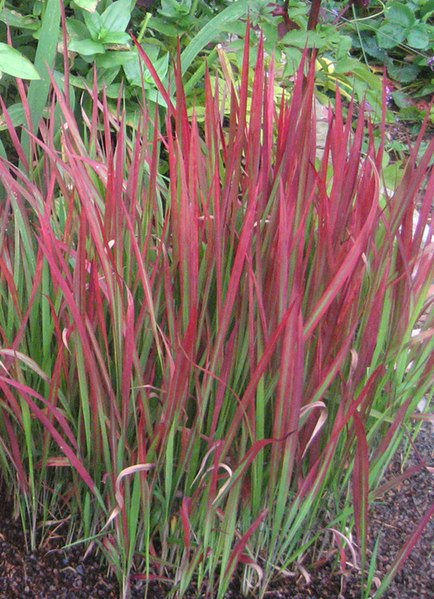Spring has arrived (though, it feels like it began in January) and gardens all over Ashland are making us take notice. One such garden is found at the home of Beverly and Dick Gergen who moved into their Ashland home August 2003. The Gergens previously lived on six acres above Talent where they created large flower and vegetable gardens. After deciding a home closer to town with a smaller yard made more sense, they moved and set about creating the lovely garden you s
ee.
Originally, the front held a flat, grass covered area struggling with large tree roots, all competing for water and nourishment. This also meant that people walking by looked past the yard and into the large living room windows. Beverly and Dick decided to create something more interesting for the passersby and to enhance their pleasant and friendly neighborhood.
Beginning in 2006 Ian Wessler, a friend, fellow Siskiyou Singers member, and garden designer, was asked to help convert the front into something more beautiful. As you will see, he definitely did! Working with Beverly and her vision, this Asian inspired planting is on its way to being a standout even beyond their immediate neighborhood.
Many Asian touches lie within the garden – a slightly tipsy crane greets visitors coming down the path, glass floats live near the water feature, bells hang in the trees, and beautiful pottery and lanterns nest among the shrubs. One clever feature I particularly liked is a “lawn” pathway, much easier to walk on than gravel, and small enough to maintain. Even an old family bear stands back among the trees, keeping watch.
Like so many other gardens in Ashland, this one was planted with deer in mind. Nearly all the plants are considered deer resistant, and except for a few nibbled azaleas, the choices appear to be working. While the deer can take a lot of fun out of gardening, Beverly says, “the planting, pruning and general garden maintenance are therapeutic. When my garden is happy, I am happy.”
I know I’m happy, just looking at it.
by Kaaren Anderson




 deciduous; broadleaf foliage that is the most colorful of the grasses with the blood red color at the upper half of the blade
deciduous; broadleaf foliage that is the most colorful of the grasses with the blood red color at the upper half of the blade
